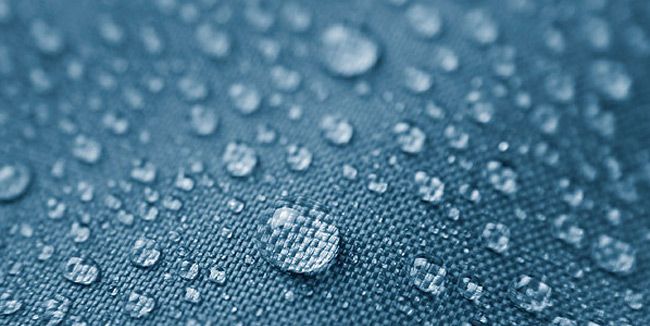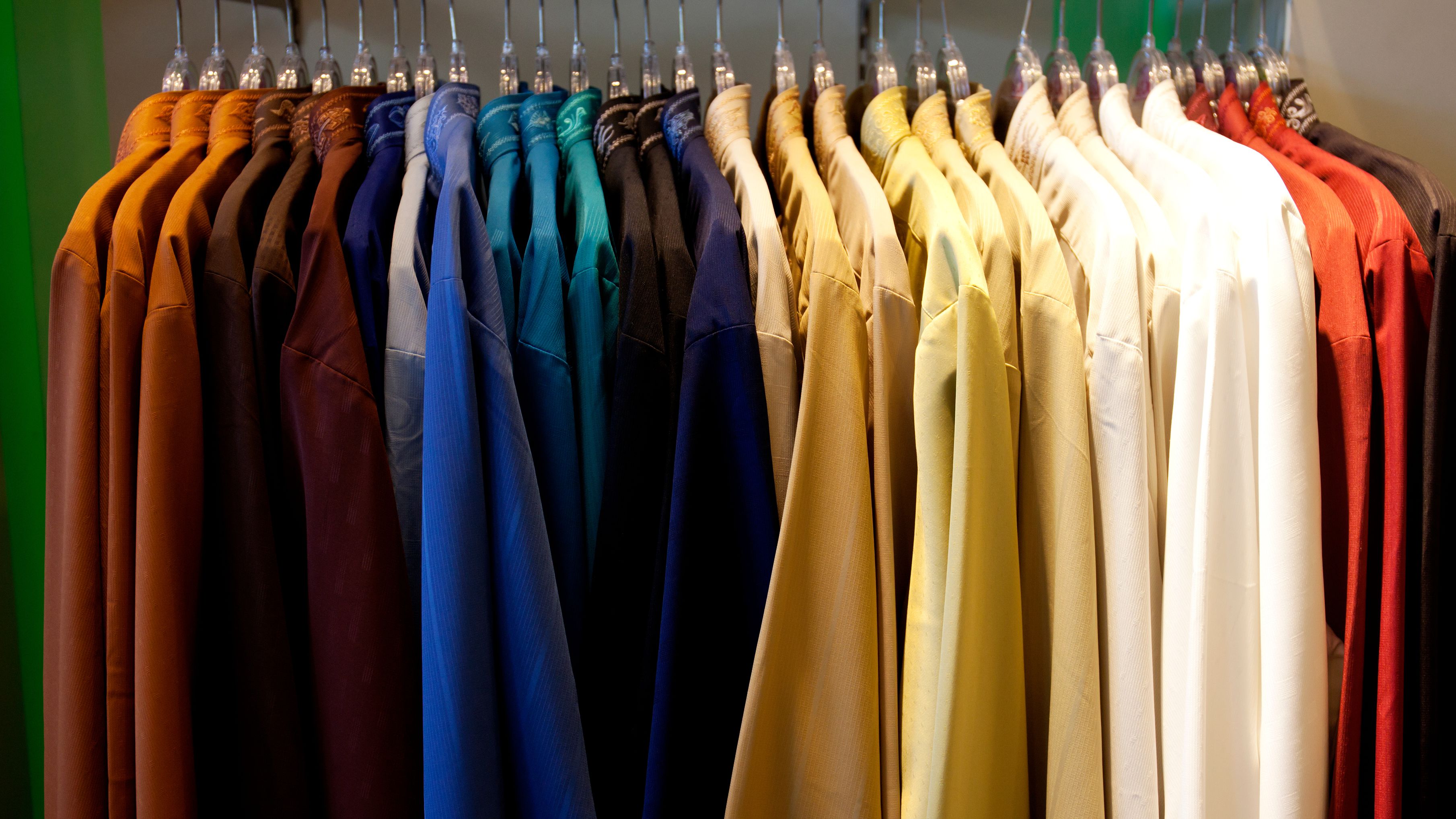Moisture wicking has become a trendy term used in clothing. Simply put, moisture-wicking is the process of moving moisture away from your skin during any physical activity. A moisture-wicking fabric essentially quickly transfers sweat to the fabric's top layer or pushes it off your clothing completely to remove it from your skin. This is advertised to help you stay cool and dry when working out.
While this sounds great, chemicals like petroleum, PFAs, phthalates, and teflon to name a few are the main compounds that give clothing and other materials a wicking property.
PFAS
Though many PFAS have been phased out of the manufacturing industry, the chemicals can still be found in leather and textiles. Labels that contain the words Gore-Tox or Teflon may signal the presence of PFAS, which are commonly found in outdoor gear and "moisture-wicking" workout clothes. Exposure to PFAS has been associated with kidney and testicular cancers, liver damage, and developmental issues, but humans are more likely to be exposed by ingested contaminated food or drinking water. The Centers for Disease Control (CDC) considers skin contact a "minor" source of exposure, though breathing in dust from PFAS-contaminated clothing can also constitute "low level exposure."
Phthalates
Phthalates are known for making substances like plastic durable and flexible. Although Congress instituted a federal ban on phthalates in toys and children's products in 2008, the chemicals continue to be used in manufacturing. In 2012, the environmental watchdog Greenpeace sampled more than 140 clothing items and detected phthalates in 31 garments. Three t-shirts and a pair of underwear from popular clothing brands had "very high" concentrations of phthalates, meaning the chemical comprised up to 38% of their weight. Phthalates have also been found in jeans, workout clothes, raincoats, and artificial leather.
The chemicals have been linked to ADHD, asthma, diabetes, and breast cancer, along with a number of reproductive issues, including decreased reproductive functions in men and endometriosis in women. For now, phthalates pose the greatest risk to children, who might put contaminated clothing in their mouths. The CDC has said that the human health effects of phthalates are "unknown," but "exposure is widespread" in the US.
Materials in clothing called RPET or recycled polyester are fabrics made from recycled plastic bottles. Plastic bottles contain phthalates and BPAs which is another reason to avoid clothing or products made from these materials.
PFCs
Both Scotchgard and Teflon are in a family of chemicals called perfluorochemicals (PFCs). 3M reformulated Scotchgard in 2000, under pressure from EPA following a series of alarming company-sponsored studies surfaced linking the Scotchgard chemical (PFOS) to birth defects and showing it to be a ubiquitous contaminant in human blood. The Teflon-related chemical called PFOA has since been linked to similar concerns, and DuPont and other manufacturers are under intense regulatory and legal pressure to reduce their use of this chemical and to clean up PFOA pollution around the country. Nevertheless, PFCs that are made from or that break down to PFOA in the body or the environment are still widely used in coatings that make products ranging from food packaging to household furniture water-repellent, clothing, grease-proof, and stain-resistant.
Bacteria growth
Have you ever worn a workout shirt made from polyester and noticed that the shirt starts smelling within minutes into a workout? This is because the fabric isn’t breathable and the moisture is settling on the surface of the clothing, slowing drying, and accumulating bacteria. “Modern synthetic fabrics that make up our activewear (which are essentially plastic) were built to wick moisture off the body in order to dry fast. Due to this wicking benefit, these fabrics are oil loving. In other words, they easily absorb oil, sweat and bacteria [and have a tendency to hold on to them],” explains Drew Westervelt, a former professional athlete and founder of Hex Performance, a detergent for activewear.
Ultimately, moisture wicking sounds like a great idea but unforntally the chemicals that create this feature are extremely toxic and should be avoided. Natural fibers like cotton are naturally breathable and quick drying which don’t hold in the smell and oils like synthetic materials do.




Leave a comment
This site is protected by hCaptcha and the hCaptcha Privacy Policy and Terms of Service apply.